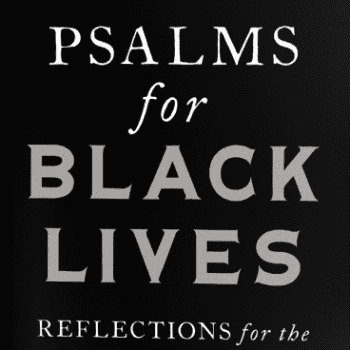At this point, the 79-year-old senator’s inauguration outfit has been called everything from oppressive to iconic. Not only are the resulting memes pervasive, but they’re evidently philanthropic: the look was rapidly merchandised, raising $1.8 million for Vermont charities. We’re speaking, of course, of Senator Bernie Sander’s now-famous garb – a raincoat, some hand-made mittens, and a cheap, disposable mask. It’s baffling that such an ordinary getup would cause such a fuss – unless that’s the point.
Clothing can cause a fuss. For centuries and millennia, clothing has been used to signal values, promote identity, and even register protest. In watching the response to Senator Sander’s clothing, I couldn’t help but see something of a contemporary early-Christian sackcloth: blasé and anti-establishment, revolutionary in its complete banality.
A sackcloth – also referred to as a hairshirt, or a Cilicia – is one of the oldest examples of the simplest garments, worn for the effect of its very simplicity. It’s sometimes described as a burlap sack, although the original material was made of goat-hair or other rough fibers.
In ancient Jewish tradition, donning the sackcloth was a sign of mourning, though it also had political uses: In the Biblical Book of Esther, Mordecai wears one to publicly protest the order of King Haman to murder the Jewish people, fusing his mourning with public outcry. In the Gospels, St. John the Baptist is described wearing camel’s hair, a practice understood to be akin to a hairshirt, and on which Jesus himself commented. In the first century, the sackcloth signaled a sign of protest against the world, and particularly against the values of the wealthiest and most powerful segments of society.
To put it in context, Jesus was born into a social fabric in Judea that was frayed, antagonistic, sectarian, and miserably poor. He was one of many orators and teachers who would speak to crowds, claiming their own prophecy and ideas. Eventually what might have given Jesus the edge was his signature proposition that there exists a kingdom of heaven more powerful and more supreme than the kingdom of Rome – a theological idea that would eventually lead to his crucifixion. For impoverished, struggling, and illness-ridden people, their potential admittance to this kingdom of heaven – and the dignity of even being confronted with such a message – was revolutionary.
Compare that to the present social fabric of the United States. Deaths from coronavirus cases have exceeded that of World War II. More than 10 million Americans face unemployment. The political divides are vast, and likely deepening. Thirty percent of Americans already lived dangerously close to poverty in 2018, and the pandemic has only worsened their material conditions. We’re impoverished, struggling, and illness-ridden. This is the context of Senator Sanders, and his message of anti-establishment political revolution – which prioritizes the poor, struggling, and sick – that continues to hold weight. In fact, that larger project is likely more important to the Senator than the inauguration of President Joe Biden. To quote one of the many funny tweets about Sander’s garb post-inauguration, penned by @MsReeezy, “Bernie dressed like the inauguration is on his to do list today but ain’t his whole day.”
The pageantry of the inauguration was the best possible setting for someone like Senator Sanders to wear his modern-day sackcloth. The monochromatic high-fashion of the former and current first ladies captured the nation’s interest, albeit in an aspirational way for the poor and struggling. National Guard troops surrounded the event, 15,000 deep. It’s no surprise that someone like Sanders, someone who is proudly anti-establishment, wouldn’t think twice about wearing the same thing he would wear any other day – something unostentatious, something utilitarian, and something that might look radically understated as a result of its setting. Sanders settled into his metal folding chair on that cold day, bundled up and expressionless, similar to how a socially estranged Jewish Christian in the Apostolic era might settle into his uncomfortable pile of ash. He’s quite comfortable being uncomfortable.
Whether he was cognizant of it or not, his boring outfit was an homage to the pedantic life of the everyday American. Why dress up, when the pandemic deaths exceed 400k, and counting?
What if the man is just in mourning?













